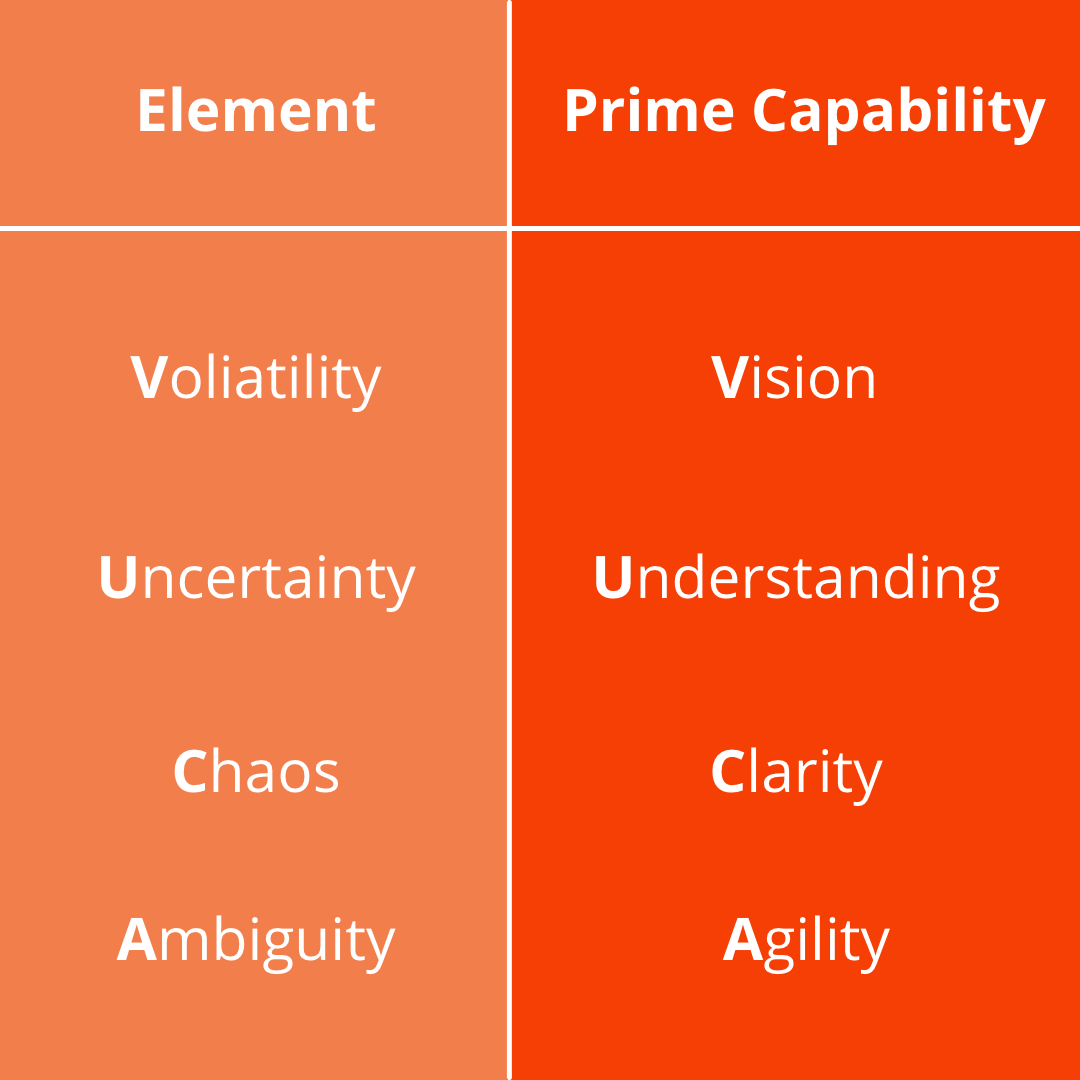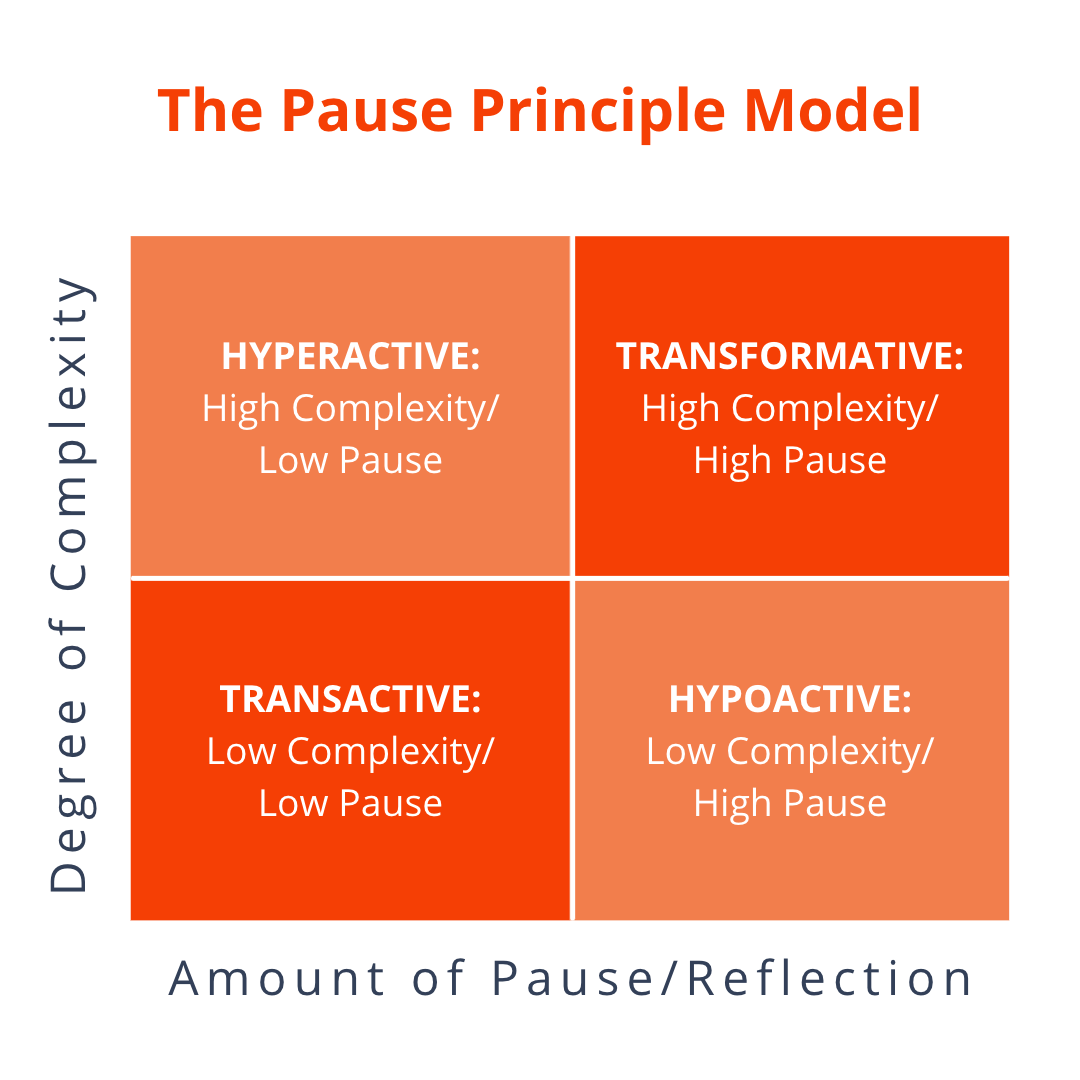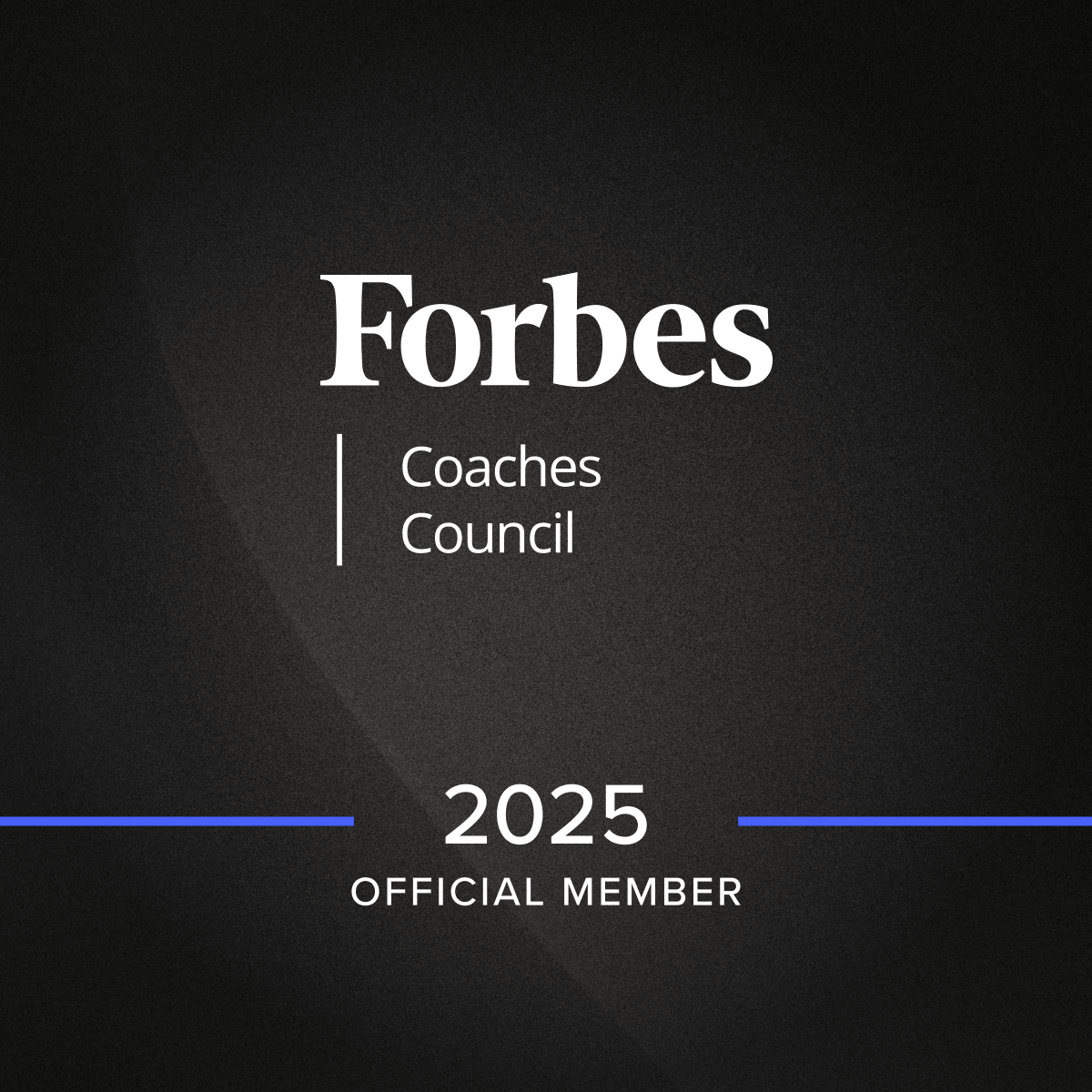Invasion of the VUCAns

What, another generation of Star Trek extraterrestrial humanoids to contend with?
Mercifully, no. Look carefully, and you’ll see we’re not talking about Star Trek Vulcans; rather it is a real life, non-fiction uber-challenging force facing all of our organizations, the advent of the VUCA world. While a fair amount has been written on this topic, the term VUCA is relatively new, having been coined by the military in the 1990s. Not quite yet a household term, most of us recognize and work every day under the conditions it describes: Volatility, Uncertainty, Complexity and Ambiguity.
The business world has always been punctuated by some periods marked by conditions like these; the difference is that the VUCA world seems to have become a steady state. In the past, we have had the luxury of sprinting through VUCA periods and then getting some respite. More recently, perhaps when we weren’t looking, that sprint morphed into a requirement for a marathon.
And therein lies the challenge. Most of us can rise to the occasion and deal with the stress and challenge presented by VUCA conditions on a temporary basis. Some even find it exhilarating in the short run. Trying to maintain our effectiveness and even our equilibrium in the face of relentless VUCA conditions is an entirely different race.
Sustaining Results in a VUCA World – The Marathon
Sustaining results in a steady state VUCA world will require heightened emphasis on a specific
set of skills and organizational capabilities, coined “VUCA Prime” by Bob Johansen, of the Institute for the Future.
with a skill / element of organizational capability, as follows:

Johansen deftly summarizes “VUCA Prime” by adding that to be successful we will need to be very clear where we’re going while at the same time being very flexible about how we get there. Sounds pretty simple, but as always, the devil is in the executional details.
The Power of Pause
In his book, “The Pause Principle,” Kevin Cashman offers a somewhat counter-intuitive strategy for coping with VUCA, (and implicitly reaching “VUCA Prime”), best summarized as “needing to go slow to go fast.” Cashman persuasively argues that those who cope most successfully in the VUCA world will be those who pause to reflect and to ask the right questions. “Pausing is a methodology for proactively navigating toward openings, and a capacity for turning uncertainty and volatility to an advantage...an opening for something new to emerge.”

Cashman further illustrates with the following “Pause Principle Model,” which measures the amount of pause or reflection on one axis against the degree of complexity on the other.
He goes on to offer that “The sweet spot of management effectiveness and leadership excellence is agilely flexing between the transactive and transformative depending on the degree of complexity. The developmental challenges are often in our hyperactive or hypoactive states when we are either pausing too little or too much.”
Core Questions for Leaders and Teams
The core questions for us and our teams are whether we are spending enough time in the “Transformative” quadrant or too much time in in the Hyperactive and Hypoactive quadrants. Are we delegating enough of the Transactive work to those at lower levels, so that we know that we are not only productive, but productive on the right things? If we are really honest, most of us will own up to spending too much time in the Hyperactive quadrant, having been conditioned that “faster is better.” Faster may have been better when we were sprinting through VUCA periods, but surely no longer so for the VUCA marathon we now face.
My observation from my own leadership development and coaching work is that encouraging leaders to slow down to pause and reflect is a hard sell. Particularly among the more experienced leaders, it seems to go against the grain, as though the suggestion to slow down means taking oneself out of the race. These are often folks who have gotten where they are through a hard charging, driven “on all the time” style. Not only is that not the best fit style for the VUCA world, it is likely not even a sustainable style for many as they enter the later stages of their careers.
Going slow to go fast is a new and different paradigm for many of us and it is up to us as leaders to role model the requisite new behaviors for our teams. Successful athletes often practice interval training, spurts of high exertion followed by periods of recovery. In order to lead the teams who will prevail in the VUCA marathon, we would do well to translate this concept into our organizations and our daily business lives.
Can’t you just hear the coach’s admonition to the team?
“Ready, Set, Pause...”
Not a far-fetched idea at all....
Are you facing a unique business challenge? Need an Executive Coach? Let's have a conversation.



